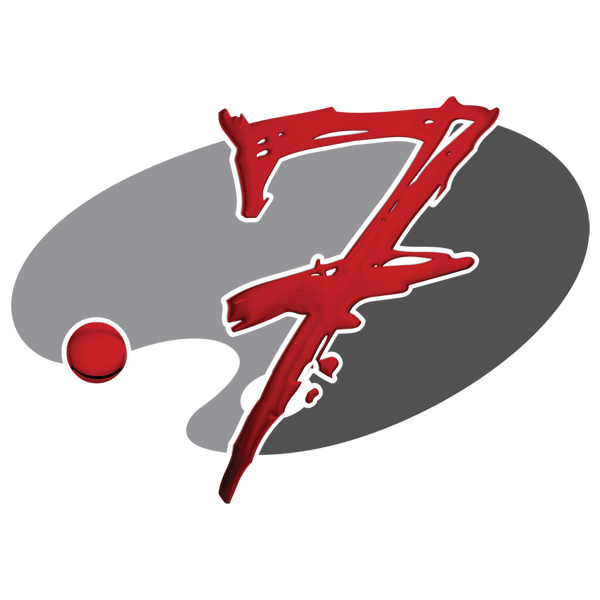
Fossil Record - Gold Pterodactyl Fossil on Black Canvas #1

by Serge Averbukh
Buy the Original Digital Art
Price
$5,000
Dimensions
48.000 x 72.000 inches
This original digital art is currently for sale. At the present time, originals are not offered for sale through the Serge Averbukh - Website secure checkout system. Please contact the artist directly to inquire about purchasing this original.
Click here to contact the artist.
Title
Fossil Record - Gold Pterodactyl Fossil on Black Canvas #1
Artist
Serge Averbukh
Medium
Digital Art - Digital Painting
Description
Introducing the 'Fossil Record' collection by Serge Averbukh, showcasing convergent media paintings of various fascinating millions year-old fossilized remains of earlier life forms with contemporary twist. Here you will find fine art pieces featuring Gold Pterodactyl Fossil on Black Canvas #1.
Fossils (from Classical Latin fossilis; literally, "obtained by digging") are the preserved remains or traces of animals, plants, and other organisms from the remote past. The totality of fossils, both discovered and undiscovered, and their placement in fossiliferous (fossil-containing) rock formations and sedimentary layers (strata) is known as the fossil record.
Pterodactylus (from the Greek ‘pterodaktulos’, meaning ‘winged finger’) is an extinct flying reptile genus of pterosaurs, whose members are popularly known as pterodactyls. It is currently thought to contain only a single species, Pterodactylus antiquus, the first pterosaur species to be named and identified as a flying reptile.
Pterosaurs (meaning "winged lizard") are flying reptiles of the extinct clade or order Pterosauria. They existed from the late Triassic to the end of the Cretaceous (228 to 66 million years ago). Pterosaurs are the earliest vertebrates known to have evolved powered flight. Their wings were formed by a membrane of skin, muscle, and other tissues stretching from the ankles to a dramatically lengthened fourth finger. Early species had long, fully toothed jaws and long tails, while later forms had a highly reduced tail, and some lacked teeth. Many sported furry coats made up of hair-like filaments known as pycnofibers, which covered their bodies and parts of their wings. Pterosaurs spanned a wide range of adult sizes, from the very small anurognathids to the largest known flying creatures of all time, including Quetzalcoatlus and Hatzegopteryx.
Pterosaurs are often referred to in the popular media and by the general public as "flying dinosaurs", but this is scientifically incorrect. The term "dinosaur" is restricted to just those reptiles descended from the last common ancestor of the groups Saurischia and Ornithischia (clade Dinosauria, which includes birds), and current scientific consensus is that this group excludes the pterosaurs, as well as the various groups of extinct marine reptiles, such as ichthyosaurs, plesiosaurs, and mosasaurs. Like the dinosaurs, and unlike these other reptiles, pterosaurs are more closely related to birds than to crocodiles or any other living reptile. Pterosaurs are also colloquially referred to as pterodactyls, particularly in fiction and by journalists. Technically, "Pterodactyl" refers only to members of the genus Pterodactylus, and more broadly to members of the suborder Pterodactyloidea of the pterosaurs.
The fossil remains of this species have been found primarily in the Solnhofen limestone of Bavaria, Germany, dated to the late Jurassic Period (early Tithonian), about 150.8–148.5 million years ago, though more fragmentary remains have been tentatively identified from elsewhere in Europe and in Africa. It was a carnivore and probably preyed upon fish and other small animals. Like all pterosaurs, Pterodactylus had wings formed by a skin and muscle membrane stretching from its elongated fourth finger to its hind limbs. It was supported internally by collagen fibres and externally by keratinous ridges.
Uploaded
March 10th, 2017
Statistics
Viewed 3,525 Times - Last Visitor from New York, NY on 04/18/2024 at 10:31 AM
Embed
Share
Sales Sheet
Comments
There are no comments for Fossil Record - Gold Pterodactyl Fossil on Black Canvas #1. Click here to post the first comment.
















































